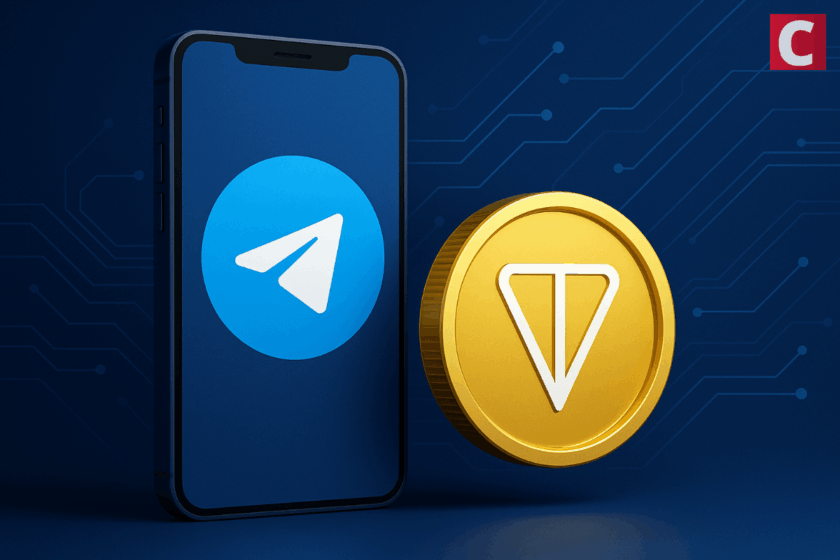4.
There are different methods: cross-chains, sidechains, proxy tokens, swaps, etc.
Interconnecting existing blockchains is no easy task. As per ConsenSys’ research on the topic, “commercialization promotes competition and innovation, incentivizing developers and entrepreneurs to build systems that work best for their customers.” As a result, open-source interoperability gets overlooked, and most blockchains have no built-in features that would support it.
However, a number of blockchains projects have focused on interoperability, employing different approaches. Here are some examples:
Polkadot
Polkadot is a multichain, or cross-chain, technology. Basically, it allows different blockchains to plug into a larger, standardized ecosystem. It was founded by Gavin Wood, a co-founder of Ethereum.
Technically, Polkadot is comprised of parachains (i.e., parallel blockchains that process transactions and transfer them to the original blockchain), a relay chain (i.e., a central component that connects parachains and ensures their security), and bridges that connect Polkadot to external blockchains.
Cosmos
Cosmos also follows the cross-chain principle. Specifically, it employs an inter-blockchain communication (IBC) protocol to establish blockchain interoperability. It serves as a TCP/IP-like messaging protocol for blockchains. Since various established blockchains (like Bitcoin) do not support IBC by design, Cosmos uses the so-called “peg zones” to connect them to the “Cosmos Hub” — as the project is called — a “flagship” blockchain that binds all the zones together and coordinates communications between them via standardized languages.
However, the Cosmos Hub is a part of the larger interchain ecosystem developed by Cosmos that can contain other entities — for instance, there is also Iris Hub, which focuses on enterprise customers and Chinese clients.
Chainlink
Chainlink is a decentralized oracle service. It allows for data to be retrieved from off-chain APIs and be put on a blockchain. In other words, Chainlink serves as a bridge between blockchains and all the infrastructure that exists off-chain: Oracle nodes receive real-world data, process it through the network and take it to the blockchain. Notably, the company cooperates with the global interbank data transfer and payment system SWIFT, used by most banks across the world.
Wanchain
Wanchain uses a different protocol to facilitate data transfers between otherwise unconnected blockchains. Thus, instead of deploying peg zones or its multichain analogs, Wanchain creates so-called “wrapped” tokens that can be traded on other blockchains.
For instance, to move 10 ETH to the BTC chain, the platform would first lock that amount of ETH on the Ethereum blockchain using smart contracts, which would then mint 10 Wanchain-wrapped ETH (WETH) on Wanchain. These WETH could then be traded for Wanchain-wrapped BTC (WBTC) on a trading platform. Those wrapped BTC tokens can then be turned into the original tokens located on the Bitcoin blockchain.
Quant
Unlike the aforementioned examples, Quant is not a blockchain. It uses Overledger protocol, a layer that runs over existing blockchains. Overledger ostensibly allows developers to create “MApps” — decentralized applications (DApps) that utilize multiple blockchains at the same time — in “three lines of code” and without any additional infrastructure. That allows for more options in blockchain engineering. For instance, an MApp could rely on the Ethereum blockchain for data storage while using Bitcoin Cash (BCH) for value transfer.
Keep in mind that those are not the only projects working toward establishing blockchain interoperability. There are also projects like Cardano, Aion, Icon, Ark, Bytum, Dragonchain and Ferrum network, among others.




